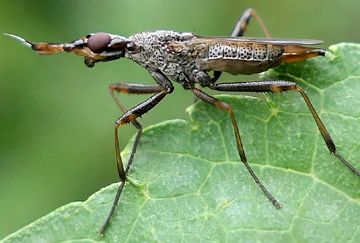
Odonotoloxozus longicornis (cactus fly)
| The larvae of these odd looking flies feed on decaying cactus. Adults can often be seen near rotting prickly pear pads, where they dance around courting mates and protecting their territories. |
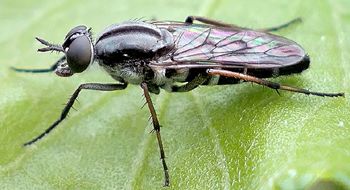
Ozodiceromyia sp. (stiletto fly)
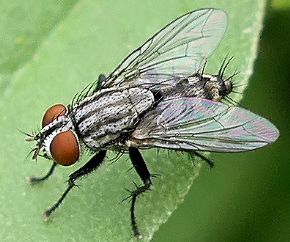
Unknown sp. (flesh fly)
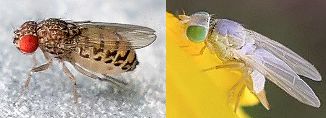
Drosophila repleta & Neaspilota sp.
(vinegar fly & fruit fly)
| The family Drosophilidae includes well known species used in genetic studies. While they are sometimes called fruit flies, another family, Tephritidae (example pictured at right), goes by the same name. To avoid confusion, the former are often called vinegar flies. |
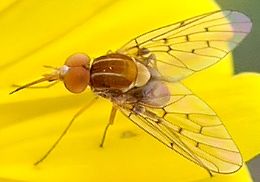
Poecilognathus sp. (bee fly)

Halictus ligatus (furrow bee)
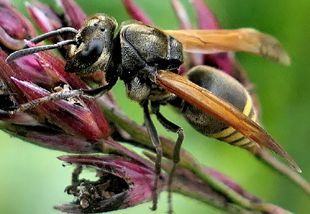
Brachygastra mellifica (Mexican honey wasp)
| Honey wasp nests start out small but can grow to more than one foot in diameter and may contain thousands of workers, as well as up to hundreds of fertilized queens. |

Sphex sp. (digger wasp)
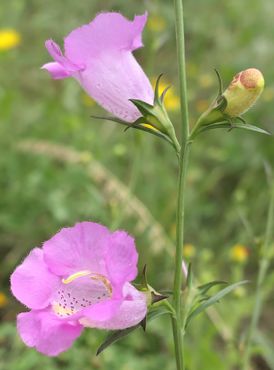
Agalinis heterophylla (prairie false foxglove)
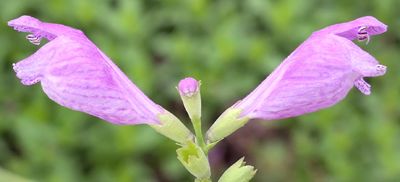
Physostegia virginiana (fall obedient plant)

Salvia coccinea (tropical sage)

Melochia pyramidata (pyramidflower)
| The genus Melochia used to be in the family Sterculiaceae, along with the economically important Theobroma cacao (chocolate). Current taxonomy places the entire family in Malvaceae, the mallows. |
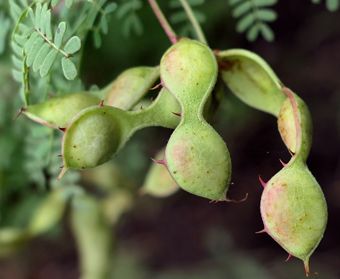
Mimosa borealis (pink mimosa)
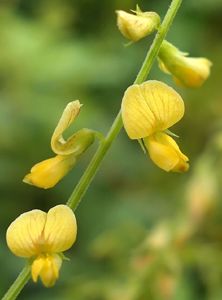
Rhynchosia minima (least snoutbean)

Symphyotrichum subulatum, Grindelia nuda & Heterotheca subaxillaris
(blackland aster, curlytop gumweed & camphorweed)
| The inflorescence of composites (Asteraceae) is not a single flower, but a cluster of smaller florets. This pseudanthium, or capitulum, often contains both ray and disc flowers, but sometimes only one type is present, such as in the center image shown above. |
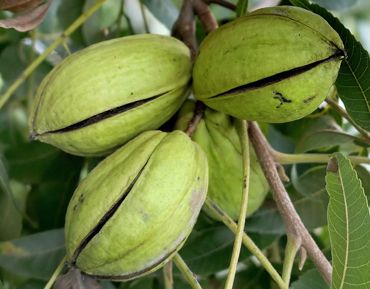
Carya illinoinensis (pecan)
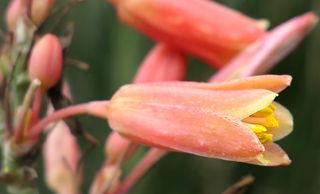
Hesperaloe parviflora (red yucca)

Unknown sp. (moth)

Hylephila phyleus (fiery skipper)
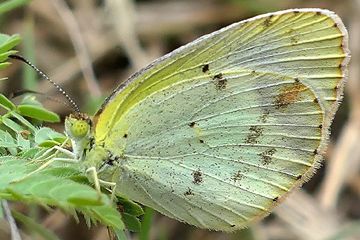
Eurema lisa (little yellow)
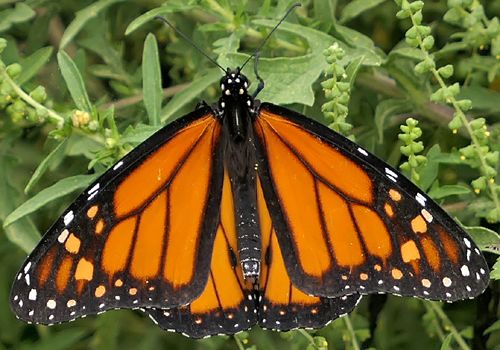
Danaus plexippus (monarch)
| This individual is a male, evidenced by the pair of dark spots on the hind wing veins near the abdominal tip. The spots, often called scent glands, are actually small pouches, or alar pockets, associated with the male's evertible hairpencils (pheromone-producing androconia). |
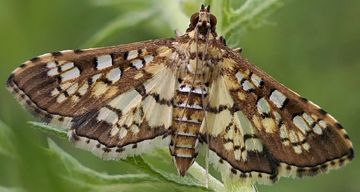
Samea ecclesialis (assembly moth)
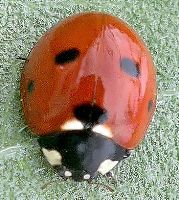
Coccinella septempunctata (seven-spotted lady beetle)
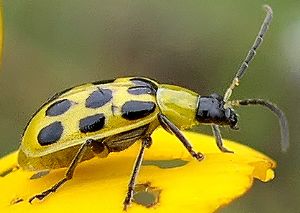
Diabrotica undecimpunctata (spotted cucumber beetle)

Gratiana pallidula (eggplant tortoise beetle)
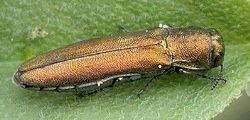
Agrilus lacustris (metallic woodborer)
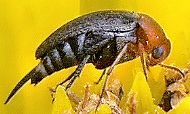
Mordellistena cervicalis (tumbling flower beetle)
| These tiny beetles get their common name from a very effective evasive behavior to threats: simply fall off the plant and remain motionless in the debris on the ground below. Their seed-like shape and dull coloration make them nearly impossible to find! |
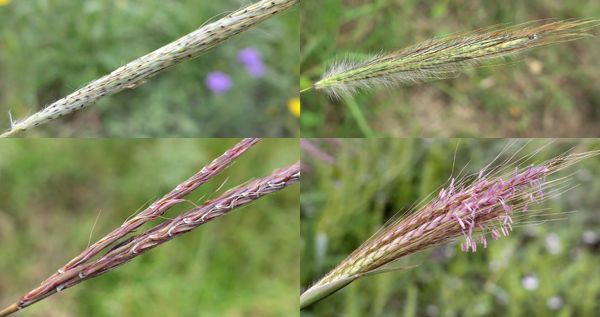
bluestem grasses
top left: Bothriochloa laguroides (silver bluestem)
top right: Dichanthium sericeum (silky bluestem)
bottom left: Andropogon gerardii (big bluestem)
bottom right: Dichanthium annulatum (Kleberg bluestem) |
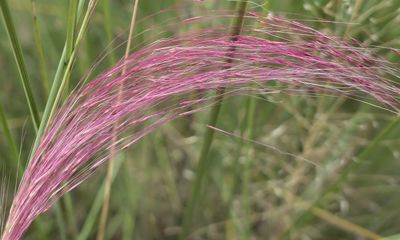
Muhlenbergia capillaris (gulf muhly)
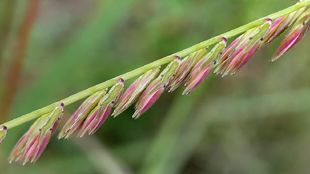
Bouteloua curtipendula (sideoats grama)

Bouteloua gracilis (blue grama)

Sorghastrum nutans (yellow Indiangrass)
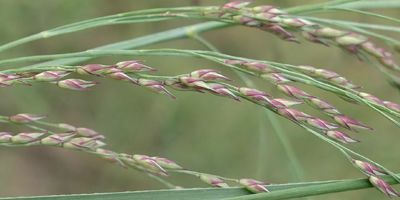
Panicum virgatum (switchgrass)

Leptochloa dubia (green sprangletop)
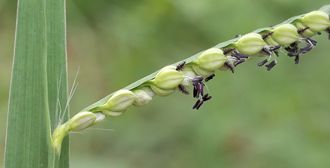
Paspalum pubiflorum (hairyseed paspalum)

spurges called "sandmat"
top left: Euphorbia hypericifolia (graceful sandmat)
top right: Euphorbia maculata (spotted sandmat)
bottom left: Euphorbia stictospora (slimseed sandmat)
bottom right: Euphorbia hyssopifolia (hyssopleaf sandmat) |
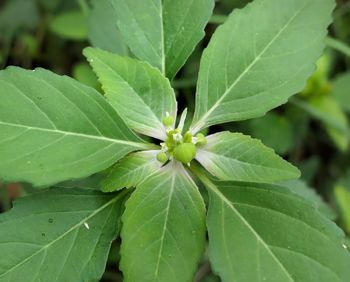
Euphorbia dentata (toothed spurge)

Morus rubra (red mulberry)
| The leaves of mulberry trees are so variable that they can be quite tricky to identify, ranging from oval to lobed. The example shown here is an extreme case that sometimes appears on young plants. |
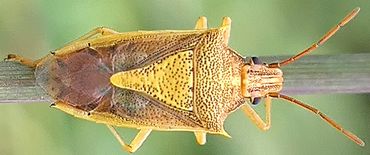
Oebalus pugnax (rice stink bug)
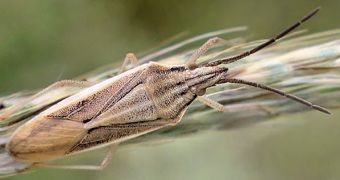
Mecidea major (grass stink bug)
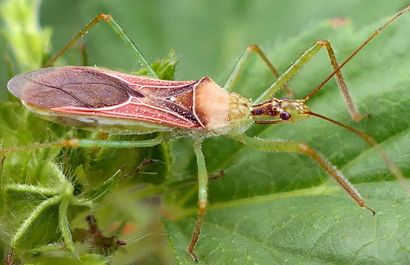
Zelus renardii (assassin bug)

Oncerometopus nigriclavus (plant bug nymph)
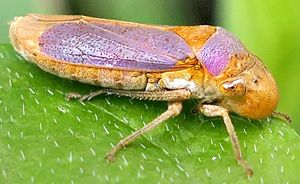
Oncometopia hamiltoni (leafhopper)
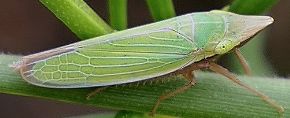
Draeculacephala sp. (leafhopper)

Unknown sp. (woolly aphids)
| The "wool" on these aphids is a kind of filamentous wax produced by abdominal glands. Small colonies of these insects are often seen on hackberry leaves. |

Armadillidium vulgare (pillbug)

Coprinellus xanthothrix (fungus)

![]()